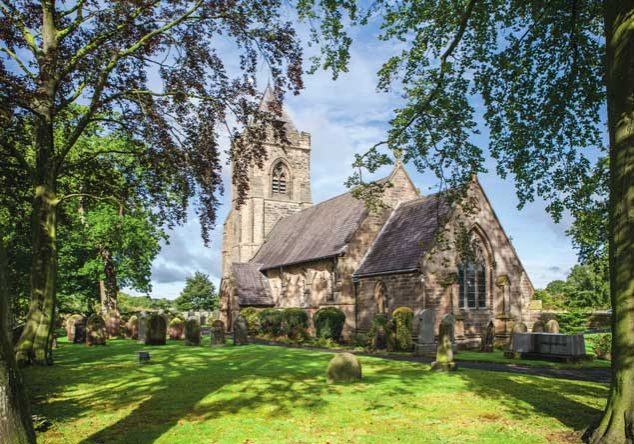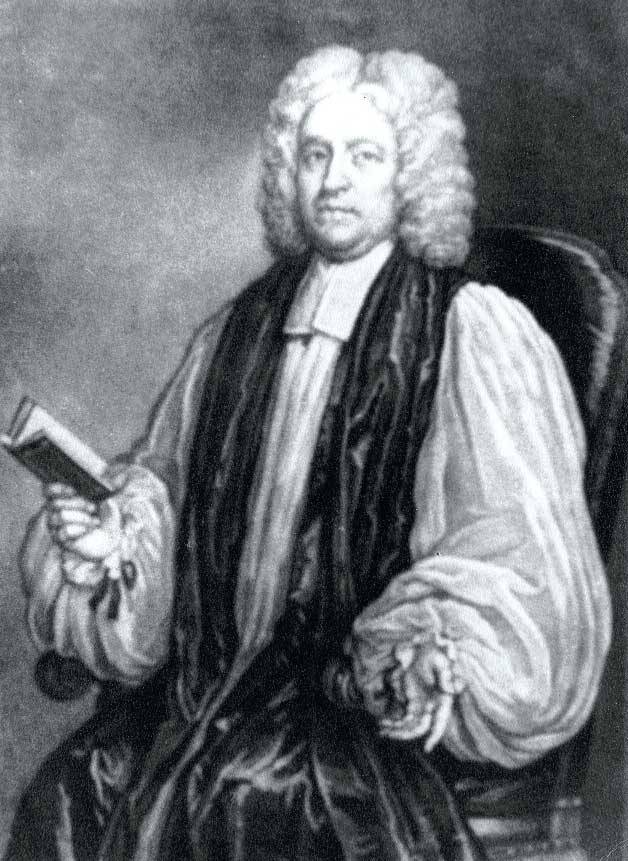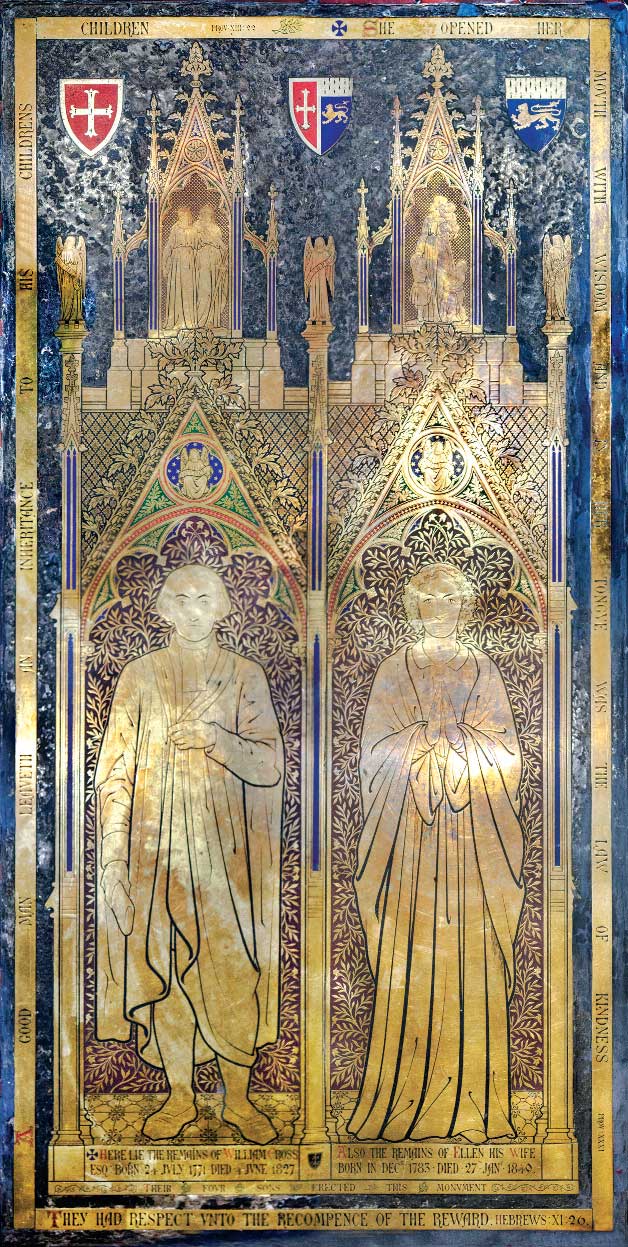
Church’s grim foundation | St Michaels church Grimsargh
by Northern Life
These days, it’s very much like any other Anglican church in a peaceful village, but St Michael’s church Grimsargh, Lancashire was founded in a time of turmoil, bloodshed and fervent anti-Catholicism.
This year, as St Michael’s parishioners commemorate 300 years of their distinctive towered church, historian David John Hindle has joined the celebrations with a tercentenary book that traces the church and its fascinating history.
In 1715, Grimsargh had no place of worship, and nearby Preston was a stronghold of Roman Catholicism, strongly opposed by the town’s Anglican vicar, the Rev Samuel Peploe.
He planned to build a new church at Grimsargh, where landowner Sir Henry Hoghton had promised a site, and wrote to the Bishop of Chester for support in the strongest terms: “….there are three townships and part of another in this parish which have no other convenient place of public worship. That by this unhappy situation they have been still exposed to temptation and popery (which is prevalent in your lordship’s diocese) and are thereby an easier prey to the priests of that communion – we have no less than six of these men in this one parish.
“From my first coming to this place I have wished for some remedy against this growing evil, and I hope we are now in a way for it, if your lordship please to give your approbation.”
His appeal was successful, Bishop Gastrell of Chester approved, and soon the stone to build the church was being trundled down from Longridge quarries.
But this was 1715, the year of the Jacobite rebellion, and in November of that year the Battle of Preston was being fought – the last battle to be fought on English soil – between the Jacobite army of Catholic James II and the Hanoverian King George I’s army led by General Willis.
- The East Window depicts Christ with ‘warrior angel’ Michael on the left with sword in hand, and St Raphael, right
- Vicar Samuel Peploe, who campaigned for the new church at Grimsargh
- Brass memorial panel to William and Ellen Cross
The Jacobites proclaimed King James’s son, James Edward, as King in Preston’s market place and made to take over Preston Parish Church their headquarters.
Peploe was reading prayers for King George when Jacobite soldiers burst in and threatened him with death unless he ceased praying for ‘the Hanoverian usurper’ but he refused. He bravely replied: “Soldier, I am doing my duty – do yours” but the threat was not carried out.
The Jacobites were gaining control until government reinforcements arrived and forced them to surrender on November 14th. Captured Jacobite soldiers were packed into the Parish Church and kept under guard for months; 12 of them were eventually hanged at Gallows Hill, now the site of English Martyrs Church in Garstang Road, Preston.
King George heard of Peploe’s courage and promised: “I shall make him a Bishop.”
In the aftermath of the bloody conflict, St Michael’s at Grimsargh was opened in 1716 as a Chapel of Ease for Preston Parish Church. The original building was just 46 feet long and 19 feet wide inside, with a square stone tower and gargoyles at each corner. It cost £200; £160 from Peploe and Sir Henry Hoghton and a further £40 from ‘an anonymous gentlewoman.’
At the start of the 19th century, the manor passed from the Hoghton family, sold for £630 to William Cross. The Cross family were great supporters of St Michael’s church and great benefactors of Preston, helping the poor during the cotton famine of 1862.

Line drawing of the original church
A member of the family, the Rev John Cross, Prebendary of Lincoln Cathedral, instigated the rebuilding of St Michael’s, beginning in 1840 with the construction of a new chancel then in 1868 a new nave and tower, dedicated to his parents William and Ellen Cross and opened in January 1869.
There were suggestions for a lofty spire to top the tower and make the church a real landmark, but this never happened, and the squat pyramidal roof to the tower is there to this day. Even with no spire, it still dominates the skyline of Grimsargh and warrants a Grade II listing as being of special architectural or historical interest and is well worth a visit.
St Michael’s has played an important role in village life throughout its three centuries, seeing many marriages, christenings and funerals particularly among the farming community of Grimsargh
and Brockholes. There have been processions, holiday clubs, children’s organisations, mothers’ union and many other village groups based there, along with the associated St Michael’s Primary school, a typical oneroom village school where children learned their basics and doubtlessly watched the trains go by on the longgone Longridge-Preston railway line nearby.
Incumbents at St Michael’s have included the interestingly named Rev Tertius Augustus Buzzard, who apparently administered home-made medicines, and in the church grounds he kept a flock of peacocks!
A Celebration of The Tricentenary of St Michael’s Church Grimsargh – 1716-2016, by David John Hindle, is available to purchase at £10 from Tricentenary Co-ordinator Jayne Woollam, jaynewoollam@hotmail.co.uk or tel 01772 704112.






